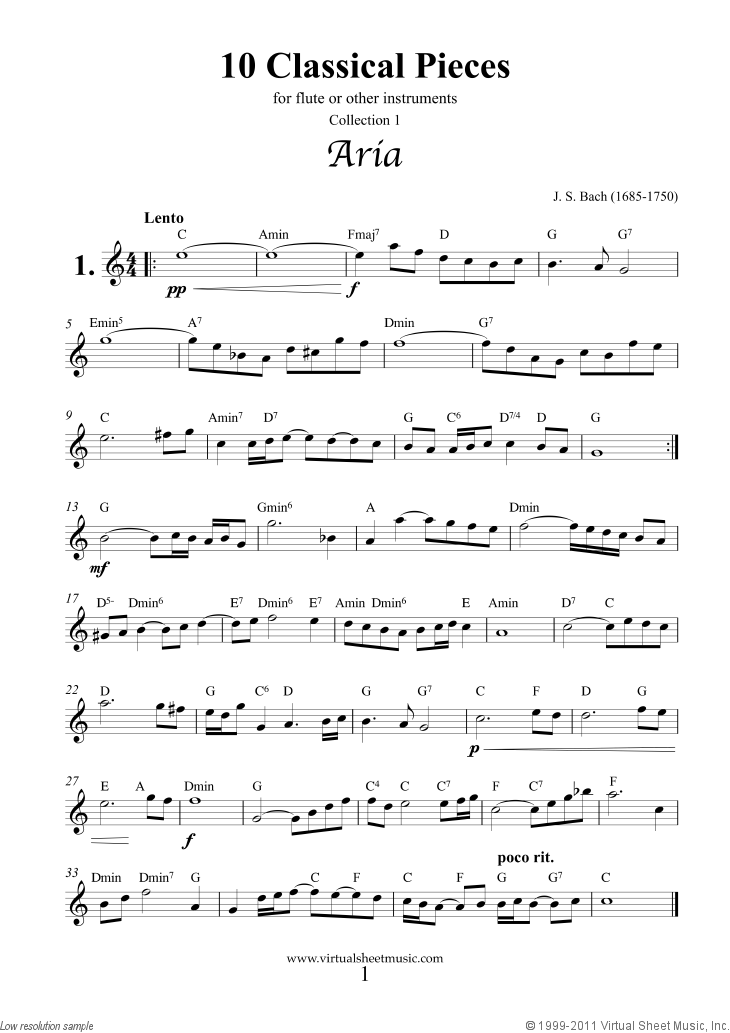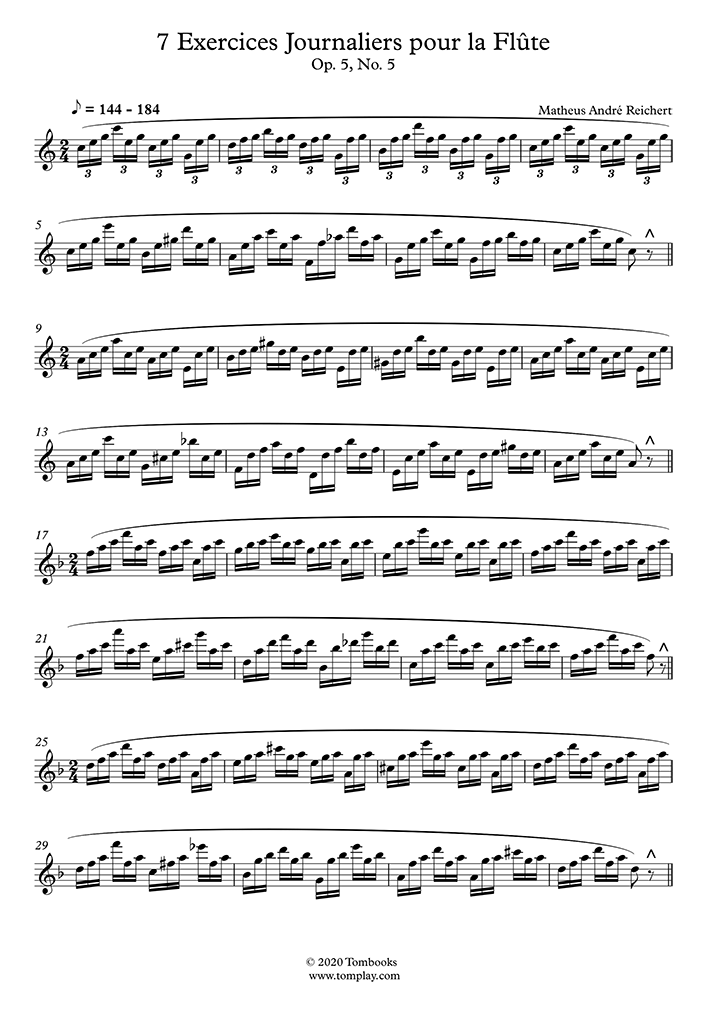
The transverse flute arrived in Europe from Asia, via the Byzantine Empire, where it migrated to Germany and France. Throughout the 11th, 12th and 13th centuries, transverse flutes were very uncommon in Europe, with the recorder being more prominent. The following section follows a rough sketch history of the western concert flute. The flute has a long history because it is one of the oldest wind instruments and one of the most widespread instruments in the world. Millions of works have been composed for flute. There is an altissimo register cosisting of the octave above C7, but it is generally required only in advanced musical pieces. The standard range of the concert flute extends from B3 to D7, sometimes to F7. Quarter tones, which fall between the half steps of the chromatic scale, are achievable on an open-hole flute. Open-hole keys are needed for traditional Celtic music and other ethnic styles and for some modern concert pieces which require the player to produce harmonic overtones or to manipulate "breathy" sounds. Some players claim that open-hole keys permit louder and clearer sound projection in the flute's lower register. Students may use temporary plugs to cover the holes in the keys until they can reliably cover the holes with the fingertips. Open-hole flutes are frequently chosen by concert-level players, although this preference is less prevalent in Germany, Italy, and Eastern Europe. These holes are covered by the fingertips when the keys are depressed.

Open-hole "French model" flutes have circular holes in the centers of five of the keys. Other, more recent additions include a C ♯-trill key, and an increasingly popular roller between the E ♭-key and the C ♯-key. The B foot joint, however, is an option available on middle-to-upper end models. The B ♭ thumb key (invented and pioneered by Briccialdi) is practically standard. The modern concert flute comes with various options.

Today the silver flute is still far more popular than the wooden flute and is accepted as the standard in most symphony orchestras. Haynes, a flute manufacturer in Boston, told Georges Barrere, an eminent flutist, that in 1905 he made one silver flute to every 100 wooden flutes but in the 1930s, he made one wooden flute to every 100 silver flutes. The silver flute was introduced by Theobald Boehm in 1847 but did not become common until later in the 20th century. Wooden flutes were far more common before the early 20th century. Headjoints are generally of the same metals, but may be made of wood.

Student instruments are usually made of nickel-silver alloy, composed of nickel, copper, and zinc, (also known as " German silver") or nickel- or silver-plated brass.
#Classical period flute repertoire professional#
The modern professional concert flute is generally made of silver, gold or combinations of the two a few of the most expensive flutes are fabricated from platinum or palladium. Jethro Tull is probably the best-known rock group to make regular use of the flute (played by Ian Anderson). Since Boehm's fingering is used in saxophones as well as in concert flutes, many flute players "double" on saxophone for jazz and small ensembles and vice versa. Some jazz and rock ensembles include flutes. Alto and bass flutes, pitched a fourth and an octave below the concert flute, respectively, are also used occasionally. The piccolo is also commonly used in Western orchestras.

Modern professional flutes may have a longer B-foot joint, which can reach B3. The standard concert flute is pitched in C and has a range of about three and a half octaves starting from the musical note C4 (corresponding to middle C on the piano), however, some experienced flautists are able to reach C8. The flute has 16 circular finger holes closed by keys, which can be used to produce high and low sounds depending on which finger holes are opened or closed as well as the direction and intensity of the air stream. The instrument is played by blowing a stream of air over the embouchure hole. The flute is a transverse (or side-blown) woodwind instrument that is closed at the blown end.


 0 kommentar(er)
0 kommentar(er)
